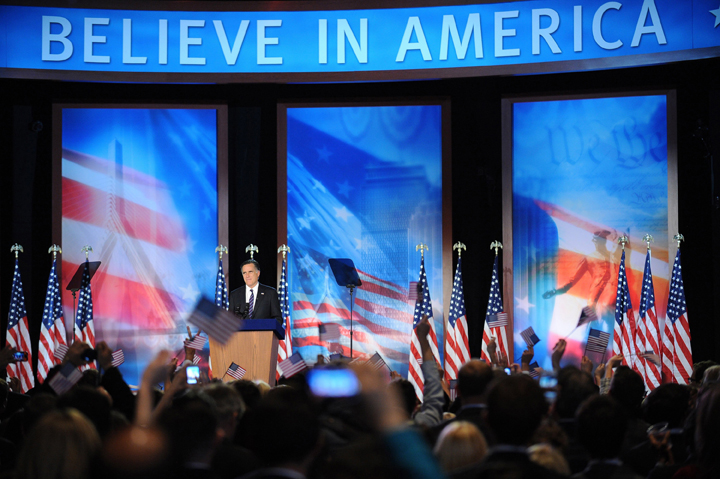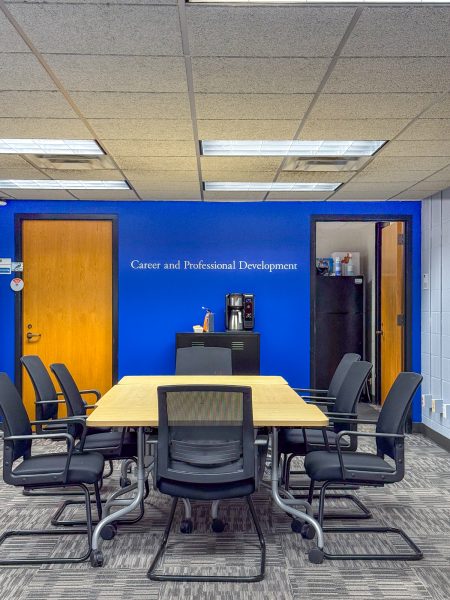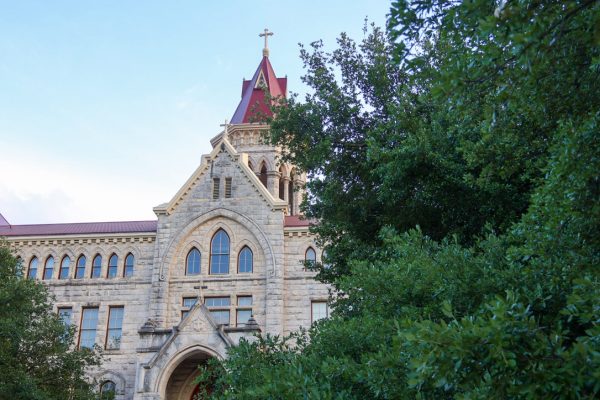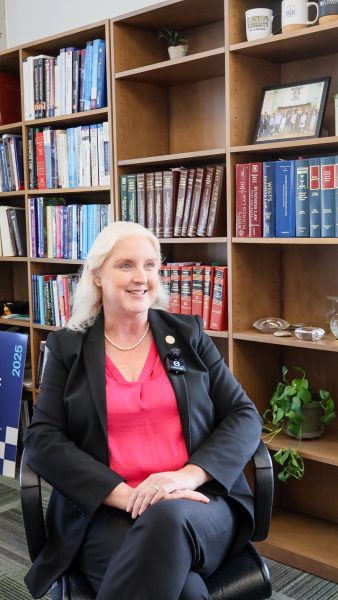Republican Party facing shortage of college-age, young voters
Gov. Mitt Romney delivers his concession speech at the Boston Convention Center Tuesday, November 6, 2012, in Boston, Massachusetts.
The Republican Party is struggling to reach young voters aged 18 to 29.
During the last presidential elections, young people primarily voted Democrat. The Huffington Post reported that 60 percent of voters ages 18 to 29 voted for Barack Obama. Republican candidate Mitt Romney won less than 40 percent of the votes among young people ages 18-29, according to the Pew Research Center.
The lack of voters has also affected political organizations on university campuses nationwide, including St. Edward’s University College Republicans. St. Edward’s College Republicans mention 26 members on Collegiate Link whereas the College Democrats list 73 members.
Nationwide, some College Republicans are stressing the need to reach out to the youth demographic.
Ohio State University College Republicans, OSUCR, recently gathered to watch Obama give his State of the Union address. Afterwards, OSUCR president Drew Stoemple addressing the gap between young Republican and Democrat voters.
“We do need serious changes in terms of the way we reach out to different demographics and in terms of the way we message,” Stoemple said in an article from National Public Radio.
College Democrats believe the Republican Party is having difficulty getting support from young voters because its platform does not connect with them.
“[The Democrats] address topics that are relevant to students,” said John D. Wooding, president of the St. Edward’s College Democrats. “[The Republicans] didn’t offer any plan for student debts and [Romney] also proposed to cut programs such as the Pell Grant.”
Some of the topics which the 18-30 bracket considers important are social issues. Democratic candidates often take stances on these issues that appeal to younger voters.
Some Democrats are in favor of legalizing gay marriage and promoting naturalization of undocumented immigrants, while Republicans tend to foster border control and reaffirm traditional marriage.
“When you look at the candidates each party runs, you will see that certain candidates appeal more to students,” Wooding said.
A 2011 Gallup poll determined that 70 percent of 18 to 34-year-olds support legalizing gay marriage, a stance that Obama announced he supported last year.
Another reason for the lack of young voters for Republicans is technology. The Republican Party is not known for its use of social media to reach the youth demographic.
“That was the biggest problem … I would go on Twitter and I would see Obama promoted. I would go on YouTube, there’s an Obama ad. I would go on Pandora and there’s an Obama ad,” said Dan Morgano, a College Republican at Ohio State, in an interview with NPR.
“[I] never heard anything from Romney when I was online,” Morgano added.
Involvement in politics, online and off, at St. Edward’s is active.
A public debate, mediated by Brian W. Smith, was organized last semester prior to the elections and College Democrats hold meetings and update their online presence through social media and Student Life.
The last event mentioned online for the College Republicans dates back to year ago.
St. Edward’s College Republicans was unavailable for a statement on the imbalance of members between its organization and the College Democrats or on its efforts to gain more members.







